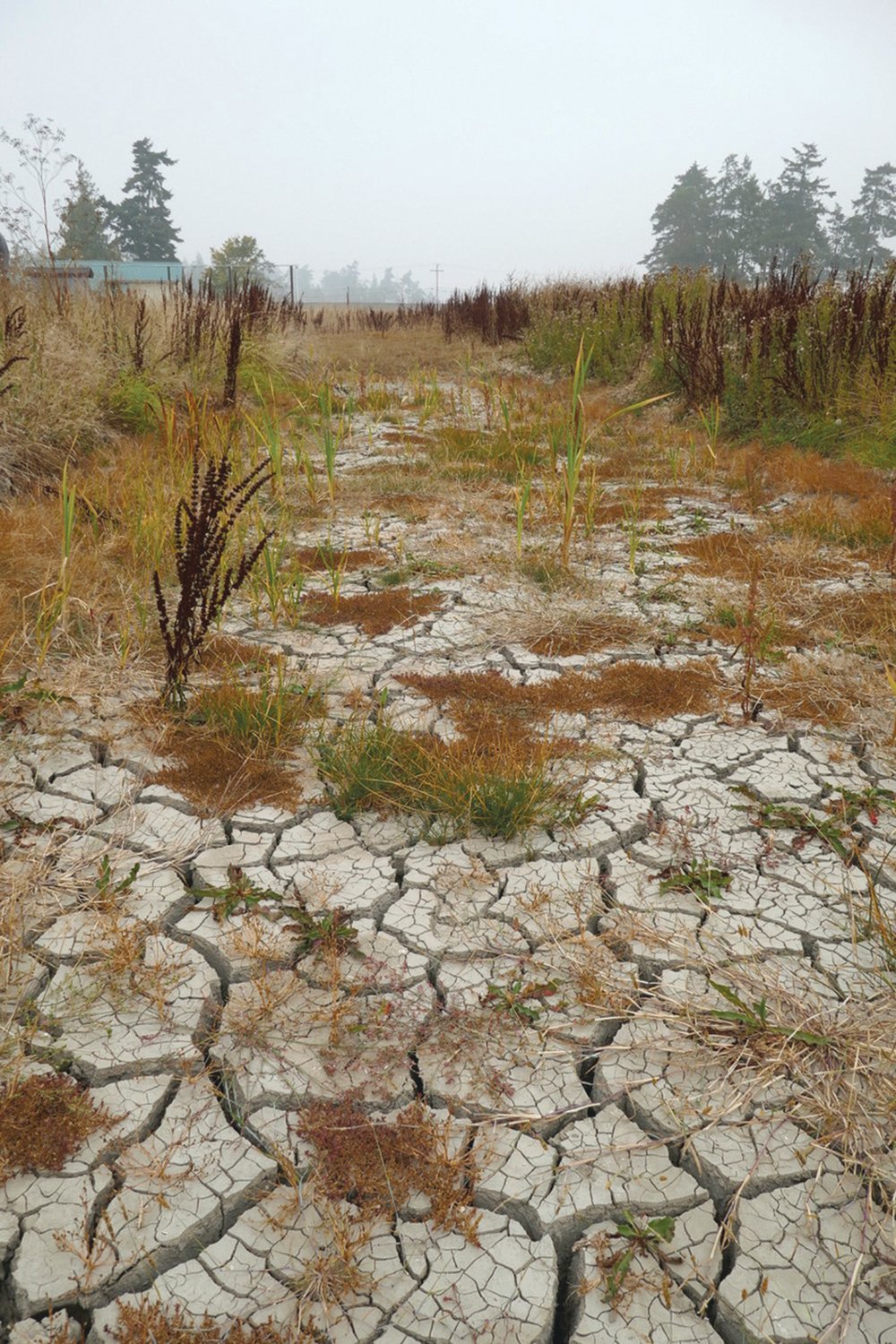Since 1983, one of the most popular events at the annual Jefferson County Fair has been the 4x4 Mud Drag Races. This classic American test of motorized might has also been featured at Oktober Fest …
This item is available in full to subscribers.
We have recently launched a new and improved website. To continue reading, you will need to either log into your subscriber account, or purchase a new subscription.
If you had an active account on our previous website, then you have an account here. Simply reset your password to regain access to your account.
If you did not have an account on our previous website, but are a current print subscriber, click here to set up your website account.
Otherwise, click here to view your options for subscribing.
* Having trouble? Call our circulation department at 360-385-2900, or email our support.
Please log in to continue |
|

Since 1983, one of the most popular events at the annual Jefferson County Fair has been the 4x4 Mud Drag Races. This classic American test of motorized might has also been featured at Oktober Fest along with a Tuff Trucks Course since 2015.
This year, however, with all events cancelled at the fairgrounds due to the pandemic, plants have taken over the muddy trenches.
For more than 35 years an area on the east side of the fairgrounds has been dredged, soaked with water, and churned to create two 3-foot-deep, 100-foot-long trenches full of thick mud to host the drag races.
Fifteen years ago, the New Age kinetic sculpture festival added the mud pit to their series of challenges for human-powered art-mobiles, dubbing it “The Dismal Bog.”
On every occasion, hundreds of cheering fans have filled bleachers that rise above the course, and announcements blared over loudspeakers from each end as contestants battled the bog.
This season, the scene feels quite dismal indeed, cloaked in smoke and eerily quiet. But if you listen, you can almost hear the sound of plants growing. Instead of the roar of engines, bees quietly hum as they forage on yellow hedge mustards and pale purple pennyroyal mint. A sharp-shinned hawk scans the un-mowed fields from the top of a loudspeaker post. A flock of goldfinches passes through, feeding on fluffy seeds of Canada thistle and prickly lettuce.
While walking her dog around the racetrack that circles the baseball fields and drag race staging area (aka the “Poop Loop”), local wetland biologist Dixie Llewellin was curious to learn what is growing in the mud pit now that it’s had a year-long hiatus from dredging. Over the course of a week, she and local botanist Fred Weinmann had their own kind of fun identifying nearly three dozen species of plants. At least 15 of the species are native to the region.
“My favorite plant in the mud pit is this seacoast bulrush, one of the natives,” says Dixie, kneeling down to show me the long smooth hollow stems of the rush that sports clusters of soft brown flowers.
“Many of the plants growing here are wetland species, like those cattails, and this one here that is actually new to me, called water purslane,” she says, admiring a bright green mat of leaves that covers low spots where the mud was especially thick.
“This area, like much of Port Townsend, has a clay layer that holds water close to the surface, creating what I call ‘pocket wetlands.’ These small patches of wet ground are common throughout the landscape,” explains Dixie, as we explore the trenches.
That clay, a gift from glaciers that scoured the landscape more than 12,000 years ago, is part of what makes such perfectly goopy mud. Super absorbent clay also helped keep the trenches wet all the way through August this year, even though it hadn’t rained more than an inch since the middle of July. Today, deep cracks have formed in the clay, making perfect places for seeds to settle in and wait for the next rainy season, when they can germinate and grow.
“Some of the seeds for these plants probably blew over from ponds just south of here,” notes Dixie, pointing past the chain link fence that surrounds the fairgrounds.
“There’s a natural pond called Swallow Wetland and some man-made ones called Lynnesfield Ponds over there. Birds will also bring in seeds on their muddy feet. Others might have been brought here on truck tires and dog paws,” she says, observing the myriad of canine tracks in the mud.
The most abundant plants here are introduced, not native, but now common species in agricultural and urban landscapes. Delicate mats of pearlwort that made a carpet of bright green earlier in the season are now drying to a rusty brown, crunching under foot. Tall spikes of deep brown curly dock dominate the high spots. Clumps of short-awned foxtail grass and tufts of toad rush flourish in the low areas; both are pioneering natives.
On this visit, we logged nine more plant species that Dixie and Fred hadn’t noticed before, including another native bulrush that is common in nearby ponds, plus the ubiquitous common dandelion.
“Plants don’t care about the pandemic,” laughs Dixie. “They just keep going. Give them time and they will heal the land.”
To view a complete list of plants that have been identified so far in the Dismal Bog, you can log into the database that was recorded by John Haskins for this volunteer project of the Washington Native Plant Society at www.wnps.org/plant-lists/list?Dismal_Bog.
(Katherine Darrow is a natural history writer and botanist living in Port Townsend. She writes for The Leader as a representative of the Olympic Peninsula Chapter of Washington Native Plant Society. Learn more at www.wnps.org/plant-lists, where you can find more plant lists for popular trails and recreation areas throughout the state.)